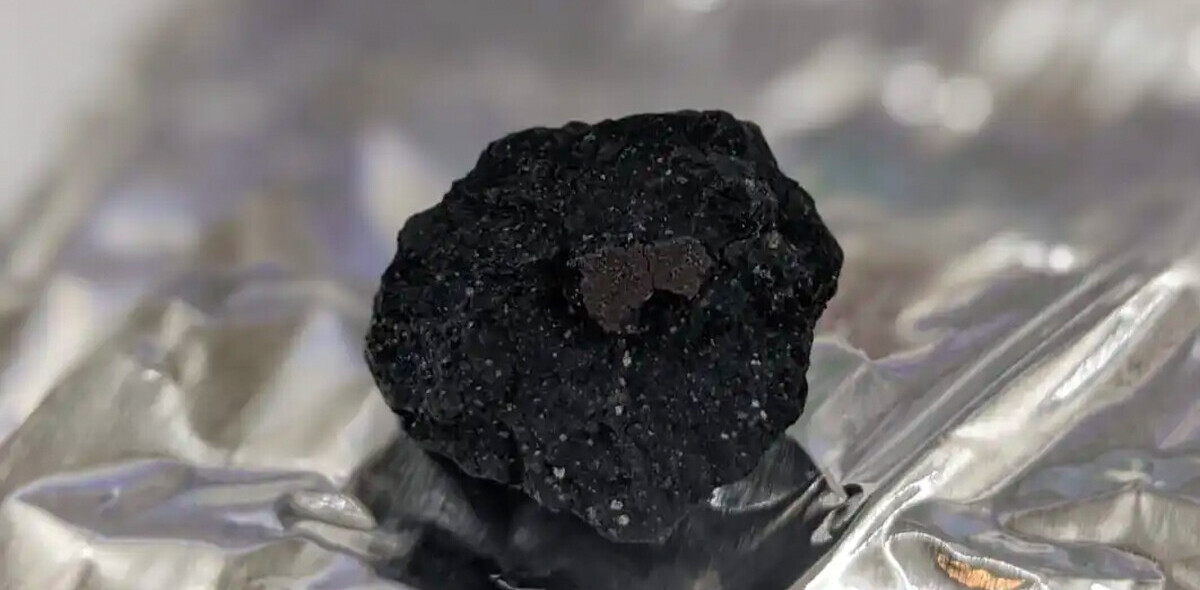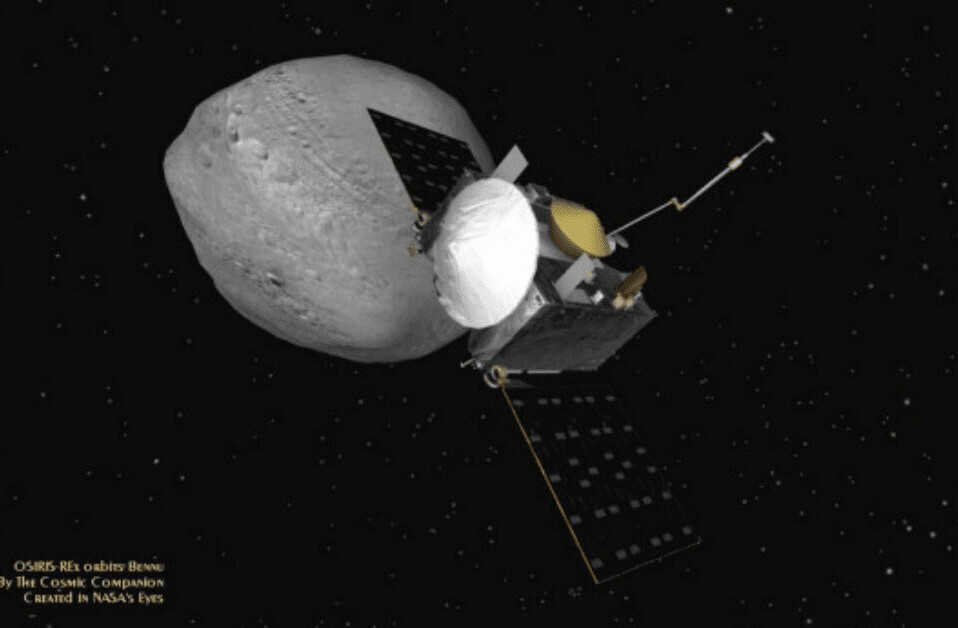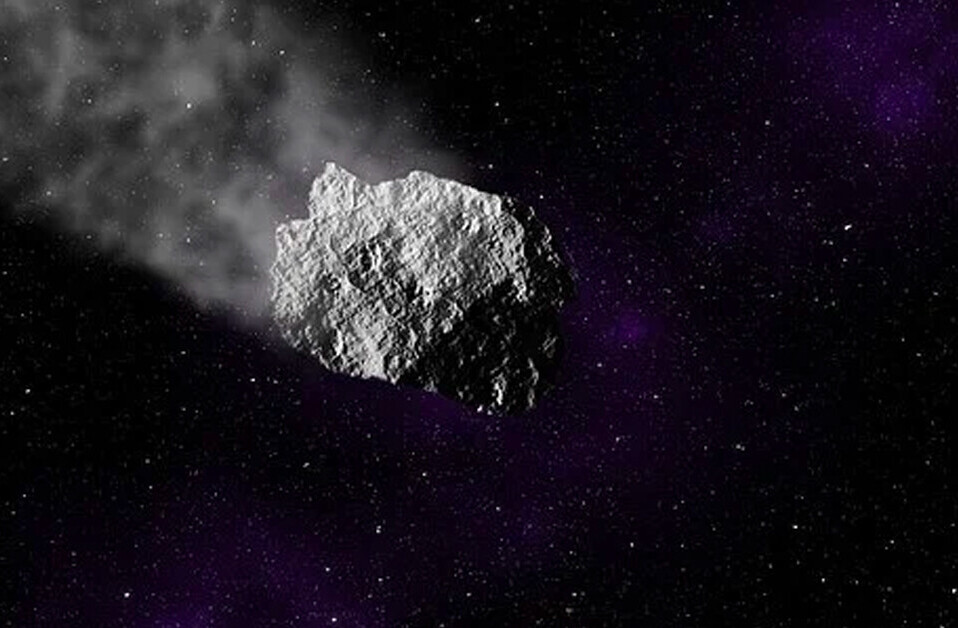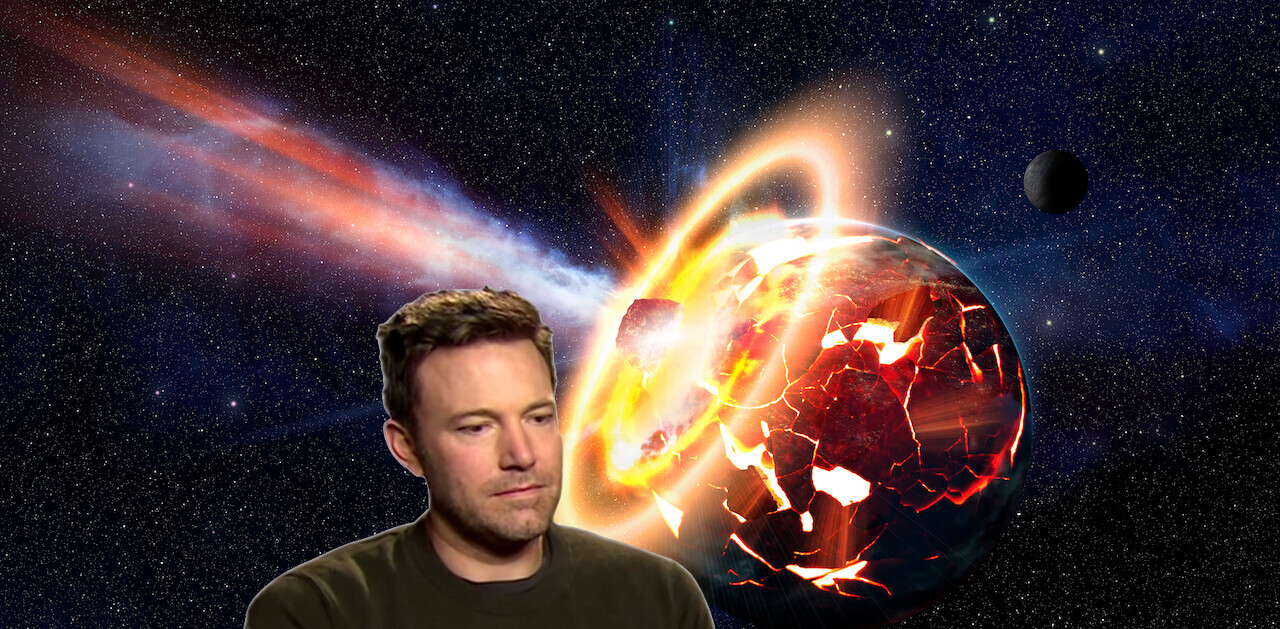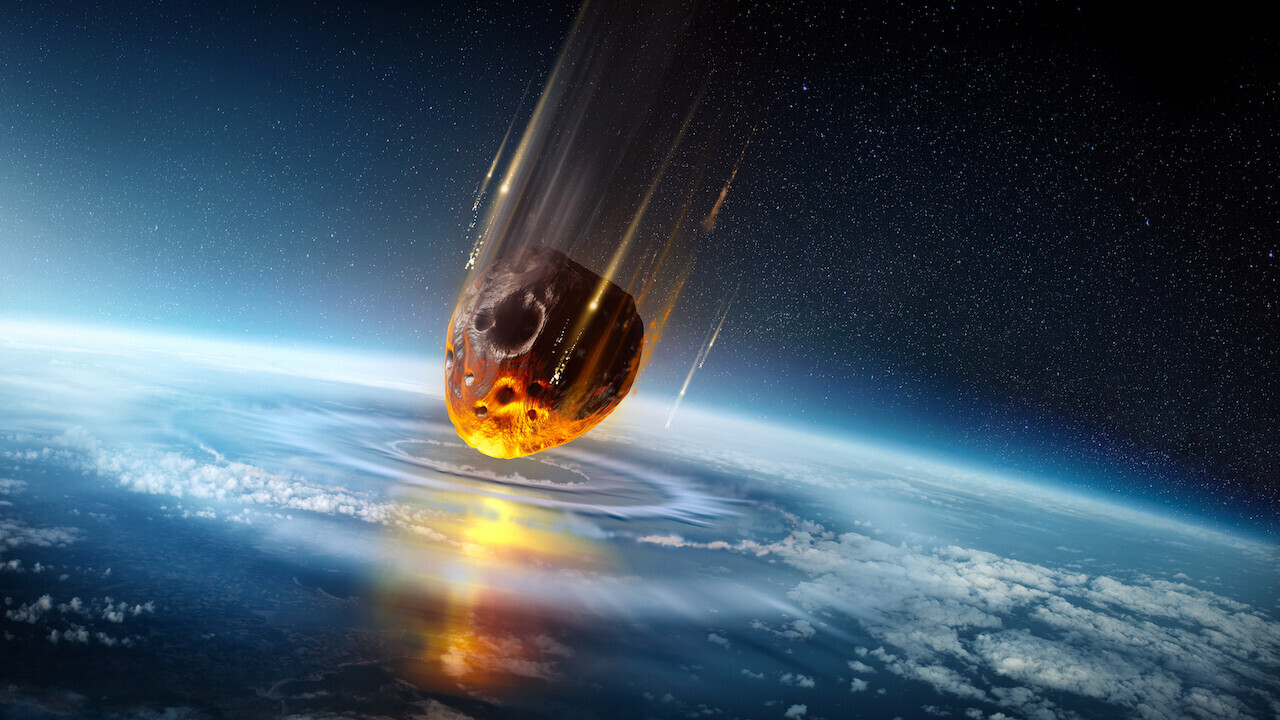
The early solar system was a violent place, and ancient Earth was pummeled by a bevy of asteroids for millions of years. Now, a new study shows this period of heavy bombardment was 10 times greater than previously believed.
An asteroid impact 66 million years ago wiped out much of life on Earth, ending the Age of Dinosaurs. Between 3.5 and 2.5 billion years ago, impacts the size of this Chicxulub event or larger would have struck Earth every 15 million years or so, this new study finds.
Weather wears away on impact craters through erosion, making older impact craters disappear over the ages.
However, impacts also kick up pellets of molten glass, which land back on Earth. More massive impacts kick pellets further, with the most massive events capable of producing a global debris field.

“We have developed a new impact flux model and compared it with a statistical analysis of ancient spherule layer data. With this approach, we found that current models of Earth’s early bombardment severely underestimate the number of known impacts, as recorded by spherule layers. The true impact flux could have been up to a factor of 10 times higher than previously thought in the period between 3.5 and 2.5 billion years ago. This means that in that early period, we were probably being hit by a Chicxulub-sized impact on average every 15 million years. Quite a spectacle,” explains Dr. Simone Marchi of the Southwest Research Institute.
Researchers are seeking to understand how the impacts of city-sized asteroids would have affected our developing planet, including complex chemical reactions near the surface. These events may have played a critical role in shaping our planet as the earliest life was forming.
This article was originally published on The Cosmic Companion by James Maynard, the founder and publisher of The Cosmic Companion. He is a New England native turned desert rat in Tucson, where he lives with his lovely wife, Nicole, and Max the Cat. You can read the original article here.
Get the TNW newsletter
Get the most important tech news in your inbox each week.
